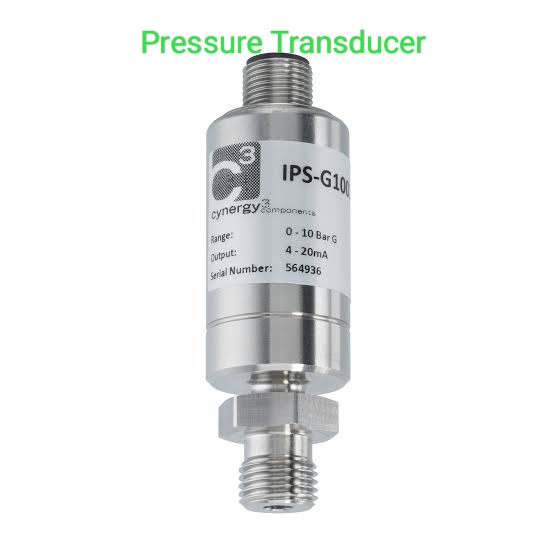Detail of Electric Shock
Electric Shock Reasons for Getting Electric Shocks. The human failure in handling the electrical components or repairing the distribution system without switching off the supply, the ultimate effect of electric shock on human body may be death. Electric shock may result in: Fibrillation of heart i.e. damaging the heart to small pieces causing the stopping of breathing. Stopping of breathing action due to blockage in the nervous system causing respiration difficulties. Local high heating or burning of the body due to sparking. Death of a person. First cause is dangerous and may put to death of person. Due to cause second and third there is a possibility of rescuing a person. When an electric shock by human, the current passes through the body. Strength of current passing through the body may result as shown below Current and shock effect 1 mA. - Perceptible,No-pains. 1-4 mA - Tolerable, Not painful,Can be sensed. 4-...




